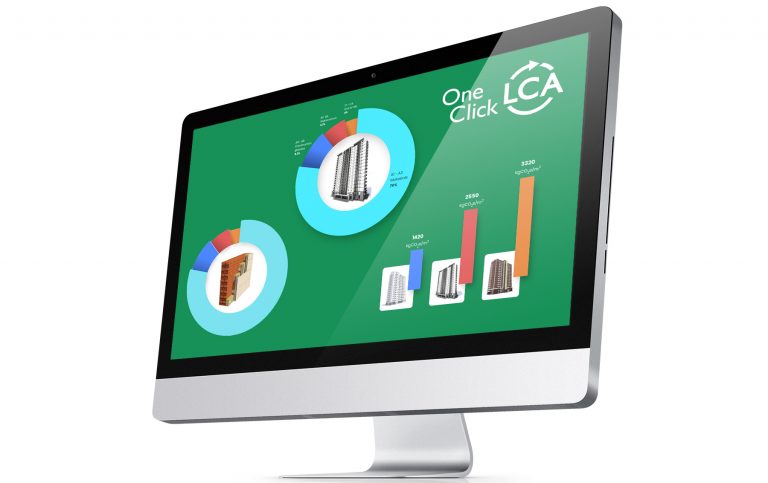Whole Life Carbon software for building and infrastructure projects

Problem Addressed
Determining the environmental impact of a construction project can be difficult especially with numerous sectors and supply chains to calculate and report. Choosing where opportunities for decarbonisation exist requires not only a detailed understanding of the project but also guidance for making the right decisions. eTool addresses the challenge of environmental sustainability in construction by providing detailed insights into the carbon footprint and other environmental impacts of projects. By identifying areas with the highest environmental impact, it assists in making informed decisions to improve sustainability.
Case Study
HS2 is Europe’s largest infrastructure project, valued at £98 billion, designed to increase capacity on the UK’s railways and improve connectivity between eight out of 10 of Britain’s biggest cities, creating thousands of jobs and rebalancing our economy. The scale, strategic nature and high profile of the project required a robust selection process during which vendors were rigorously assessed.
After an extensive and comprehensive tender selection process, eTool software was selected by HS2 to measure, reduce and report on carbon emissions, materials efficiency and wider embedded environmental impacts. This demonstrated eTool’s successful application to the infrastructure sector as well as the maturity of our software, security, commercial stability and quality assurance. Since 2018, HS2 has used Cerclos’ LCA software, eTool, to drive its carbon reduction targets, including a 50% reduction for Main Works Civils, credits under BREEAM Infrastructure, and design innovations meeting PAS 2080 standards.
The HS2 project leverages eTool, an advanced whole-life carbon modelling software, to address carbon reduction across its building and infrastructure projects. eTool’s capabilities allow for precise modelling of each project’s environmental impact over its entire lifecycle, from design to deconstruction. This software facilitates scenario analysis and decision-making that prioritise sustainability, offering insights into the carbon footprint of materials and processes used in construction and operation.
As part of the HS2 commitment to reducing carbon from their operations, HS2 implemented their Carbon Management Plan to deliver its carbon minimisation objectives across the design, construction and operational phases. Through its life cycle assessment approach, eTool aided in setting baselines for design options, enabling HS2 and its subcontractors to identify opportunities for improving life cycle performance. This approach was integral to setting ambitious carbon reduction targets for the project’s supply chain.
The eTool software’s effectiveness was further validated through a PAS2080 audit by Lloyd’s Register Quality Assurance (LRQA) on HS2’s greenhouse gas reporting processes, demonstrating eTool’s transparency and reliability.
Key benefits realised by HS2 using eTool include:
- Consistency in data input and reporting
- Efficiency in quantification and automated reporting processes
- Transparency for efficient assurance and deliverable acceptance
- Utility of Data to inform future project stages and asset management
- Integrated Design on a single platform for whole project life cycle carbon management
- Compliance with regulatory standards like PAS2080 & BREEAM Infrastructure
This case study underscores eTool’s ability to support major infrastructure projects in achieving sustainability and carbon reduction objectives, establishing it as a valuable tool in environmental impact assessment and collaborative project management.
Facts and Figures
This page presents data, evidence, and solutions that are provided by our partners and members and should therefore not be attributed to UKGBC. While we showcase these solutions for inspiration, to build consensus, and create momentum for climate action, UKGBC does not offer commercial endorsement of individual solutions. If you would like to quote something from this page, or more information, please contact our Communications team at media@ukgbc.org.
Related members
Related
LCA for construction & manufacturing

One Click LCA Planetary

Material Passport Platform

Circular economy metrics for buildings

